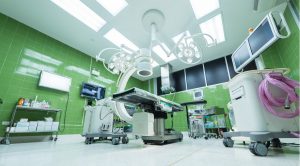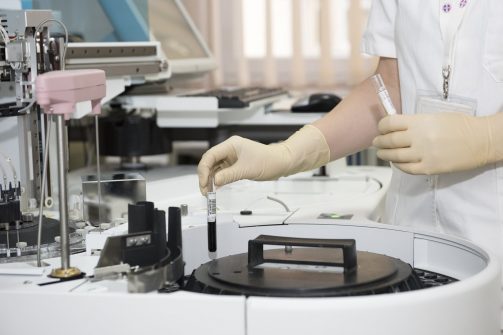Will robots and virtual reality have an impact on the future process of surgery? You know they will and this is just the start.
Lately, the medical field has made astonishing advances with the assistance of modern technology. These developments have saved innumerable lives and made disorders that couldn’t be handled a mere couple of decades ago either manageable or curable today. Among the areas of medication that has benefited from technological progress is operation. Here are only a couple of the dozens of technological devices and innovations which are altering the working room and making operations safer and more effective. Efficient and logical surgical instruments have been developed, making the job of a surgeon more precise and minimising errors as well as maximising comfort for the patient. It’s hard to imagine a surgical world without all of this life-saving technology, from advanced MRI scans and advanced surgical robots.
Surgical Robots
Among the most exciting discoveries lately has been the incorporation of robots into surgical procedures. Starting with the Da Vinci surgical robot, increasingly more working rooms have started to utilize robotic systems to perform delicate surgeries. These robots continue to be controlled by individual surgeons but owing to their higher amount of stability and capacity to work in tiny distances, the robots may perform surgeries using a greater level of precision compared to individual hands are capable of attaining. Entirely automatic surgical robots for easy tasks such as suturing incisions also have started to make their way to the surgical theatre. Many even feel that fully-robotic surgeries can one day be possible, albeit under individual supervision. We may see robots go into other healthcare sectors such as physiotherapy and dentistry as some dental instruments are already much more technically advanced and capable.
Electrosurgical Technologies
Far from the relatively primitive pair of hand tools, Stitches and sutures that surgeons formerly had access to, the most contemporary operating room includes plenty of complex parts of electric equipment. One of these pieces of gear is electrosurgical instrument, which utilise electric energy to do tasks like making incisions of cauterising wounds. When these technologies are of significant usefulness, they also create hazardous by-products from the kind of smoke. To ease their increased usage in operation, smoke evacuation technologies also have needed to be developed. Smoke pens and other Smoke evacuation devices, particularly, are rapidly becoming a common tool in operating rooms due to their efficiency in removing this common ecological threat.
Virtual Reality Surgical Planning
One facet of operation that most people never have to see or forget about is that the preparation stage, where surgeons and support staff ascertain the best approaches and methods for surgeries on specific patients. The planning process is just as important as the actual surgery and this procedure can be lengthy and tiresome, but the usage of virtual reality for visualisation has significantly improved the planning process within the last few years. Surgeons are now able to use virtual reality technologies, combined with individual imaging tests, to plan the specific path of the surgical procedure. Virtual reality lets surgeons picture the surgery and pick out any potential complications before they happen, maximising the safety of the patient. This type of preparation is quicker and, oftentimes, more effective than more conventional procedures, allowing for reduced delay times before operation and a much more efficient functioning when the actual surgery is carried out on the operating table.

Precision Brain Biopsy Needles
Among the very delicate biopsy procedures has always been the brain biopsy. Without extreme care, a biopsy of brain tissue may cause catastrophic complications. New so-called “smart needles,” however, are creating this process much easier for patients and simpler for surgeons. These needles comprise imaging technologies which enable surgeons to immediately view blood vessels and other tissues. When coupled with software that’s capable of realising blood vessels, these needles may considerably lower the danger of accidental vessel harm in a brain response. Similar technology are made to decrease the dangers related to other internal processes.
Conclusion
The quick advance of mechanical and computational technologies In the past several years has significantly benefited surgeons and the medical professionals who help them in the working room. As these technologies continue to grow and be more accessible to hospitals, they still have the possibility to improve surgical operation and save a lot more lives. For all these and other high-tech healthcare equipment and surgical tools, the future is looking exceptionally bright. It is not the just surgical equipment that technology is revolutionising, it is also other equipment used in hospitals such as bed sensors and data storage solutions that further deliver more efficient and accurate healthcare to all.
